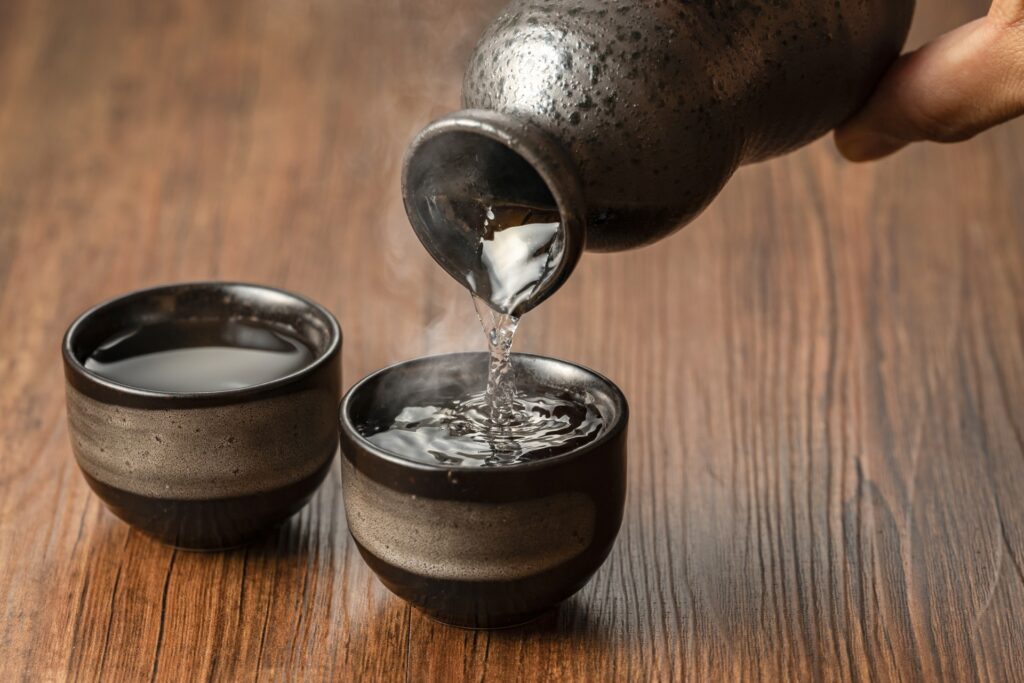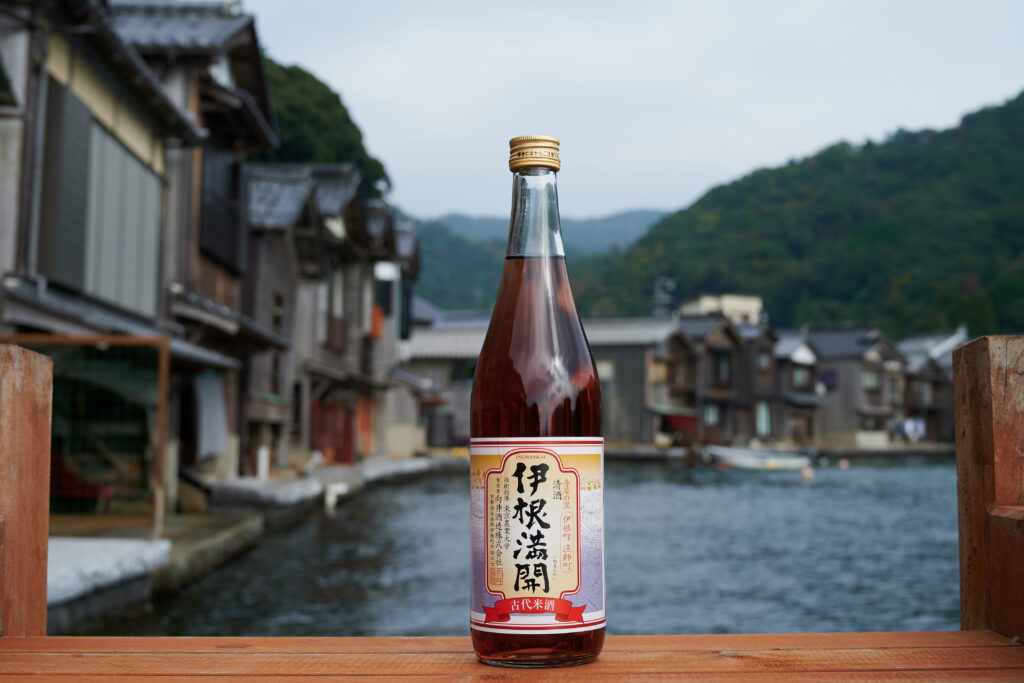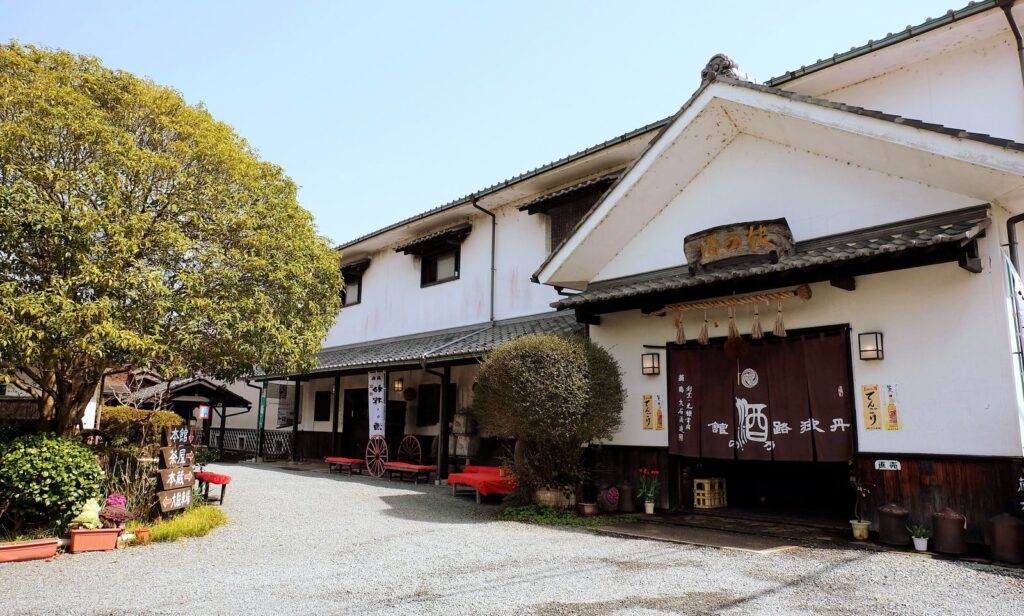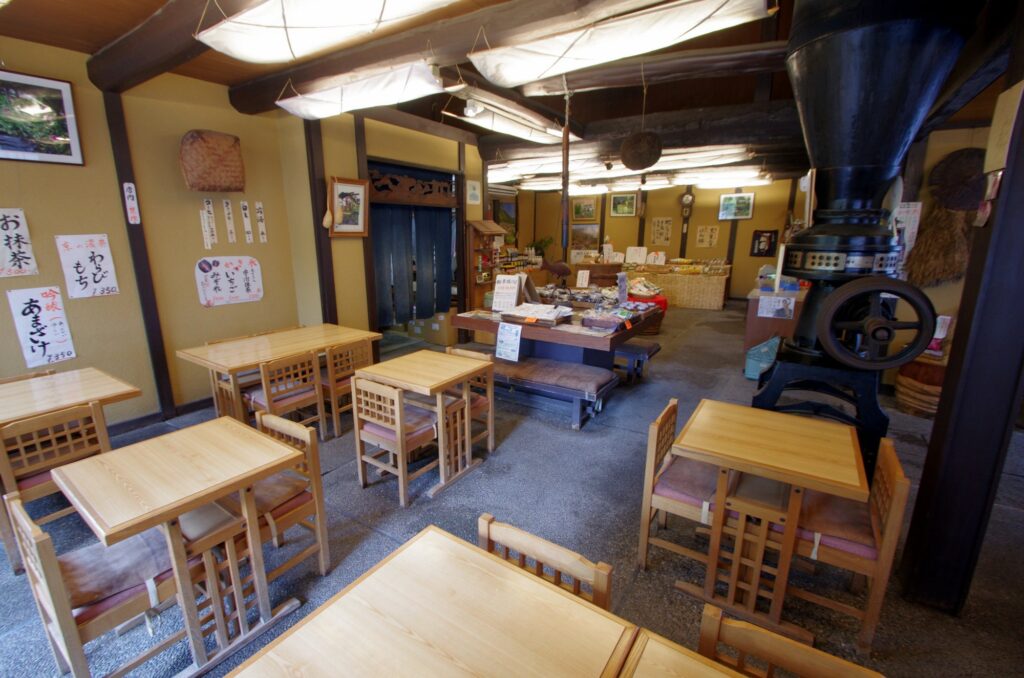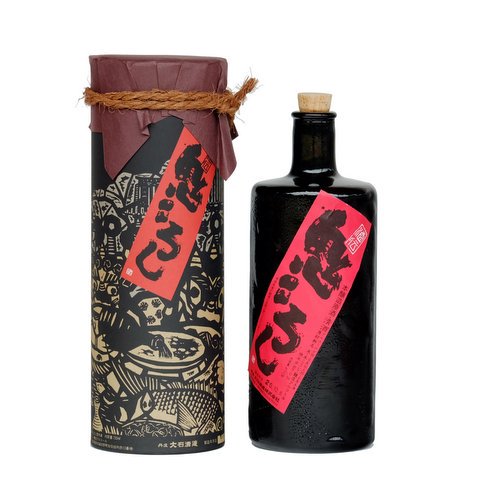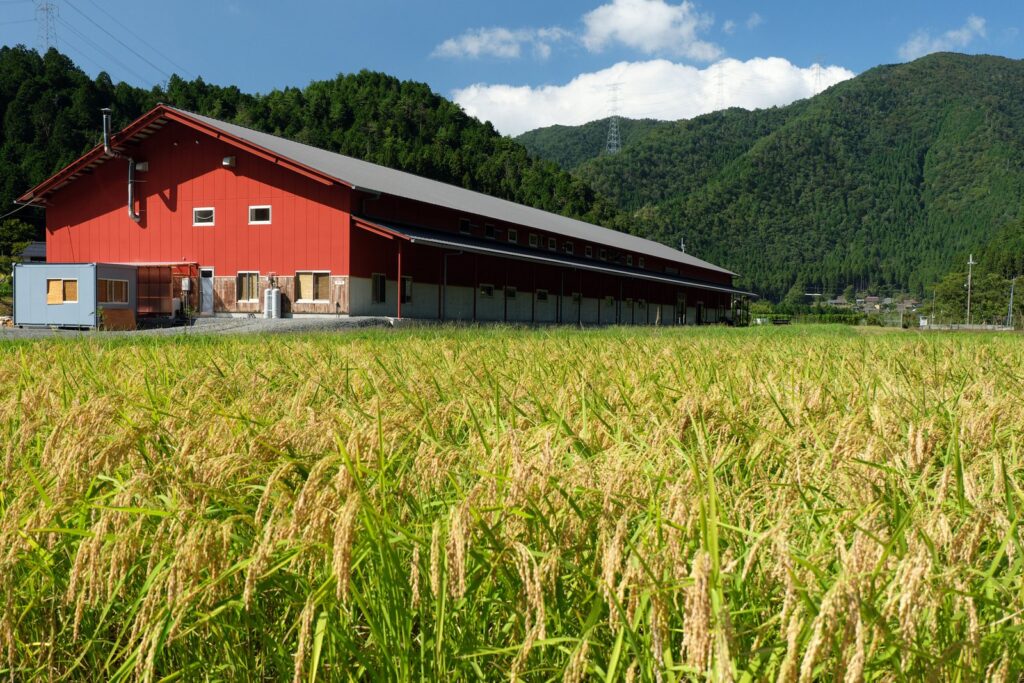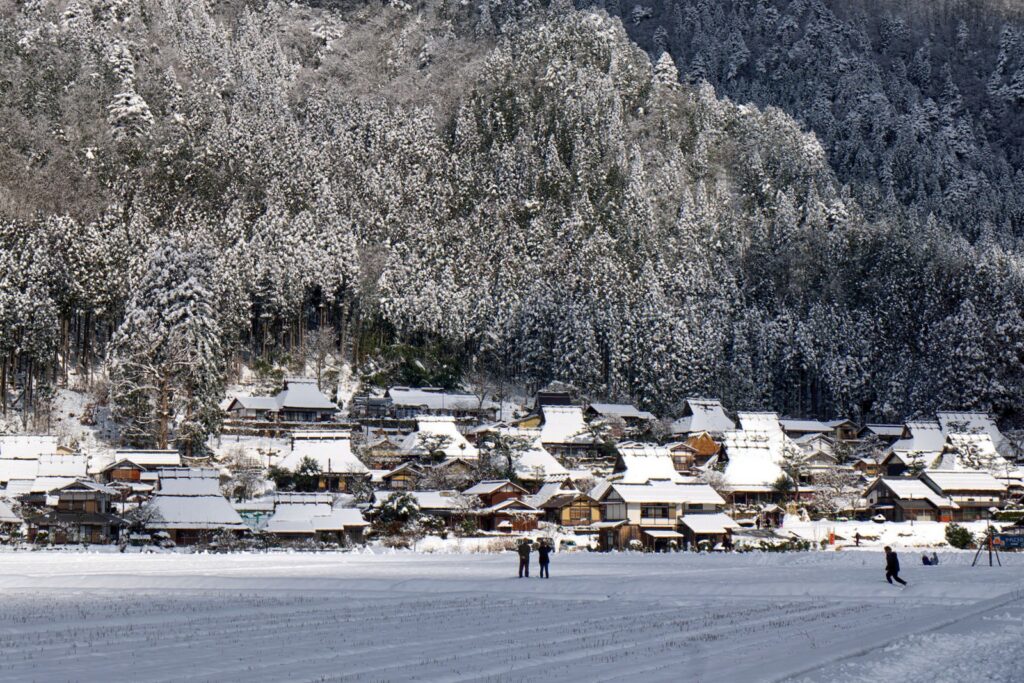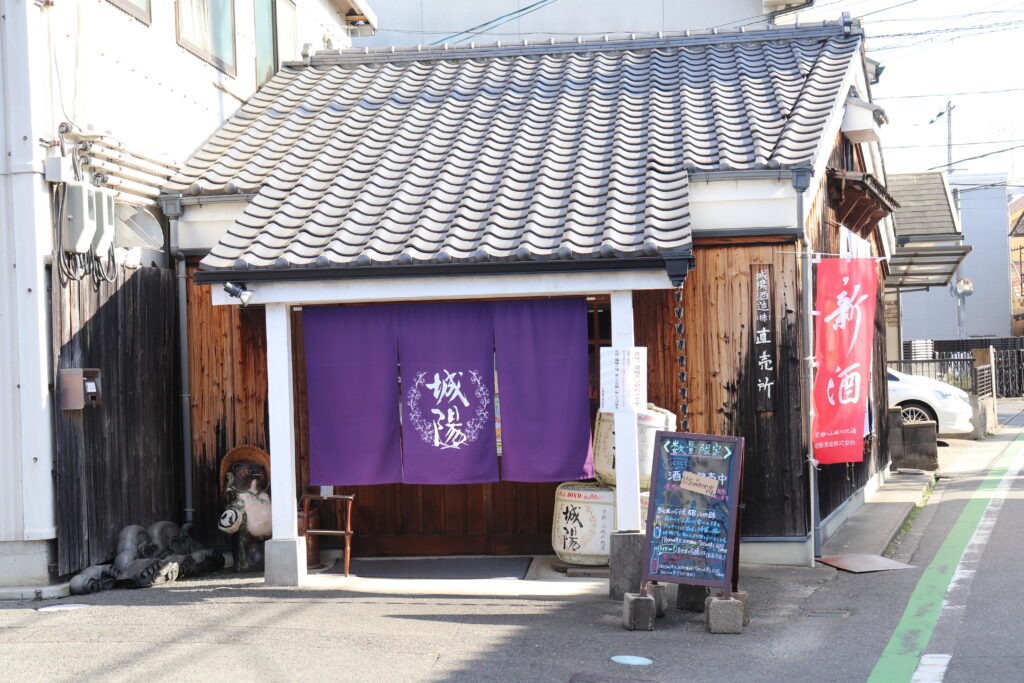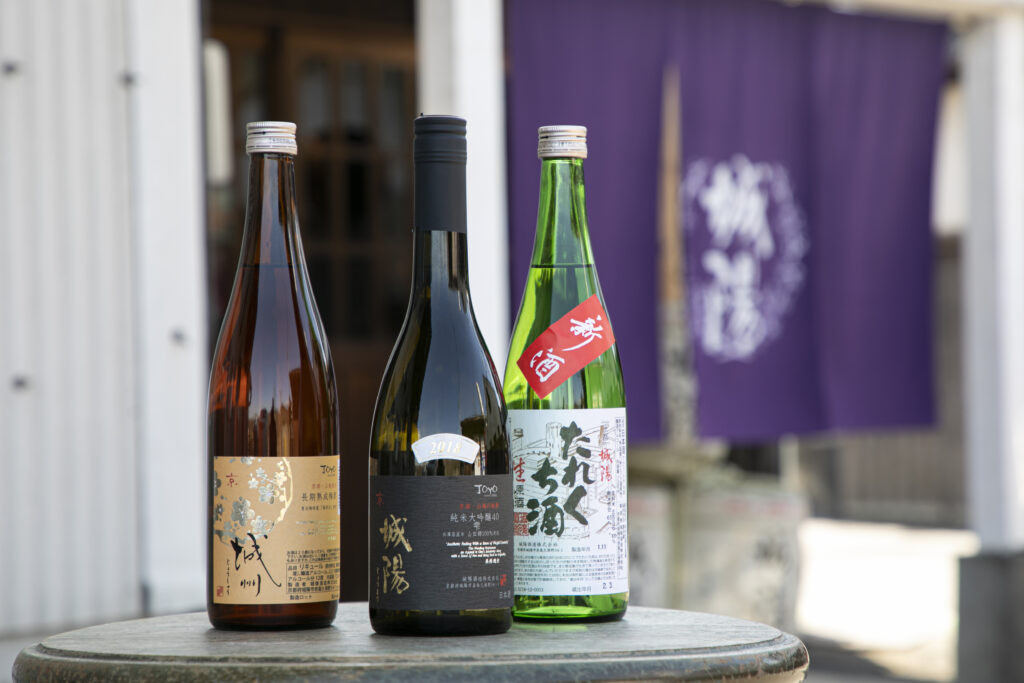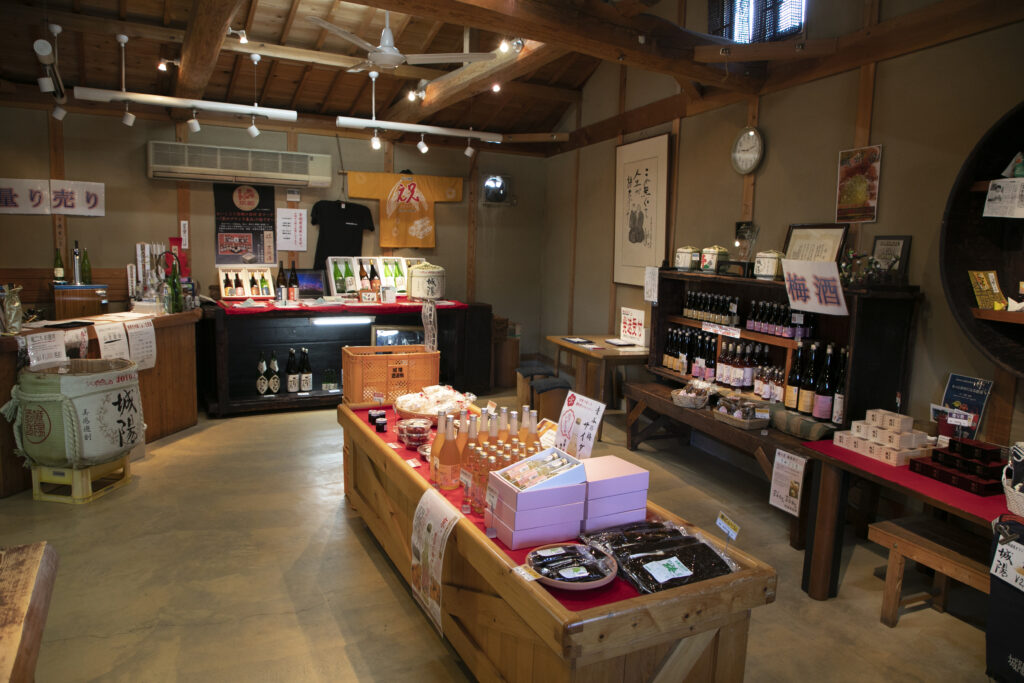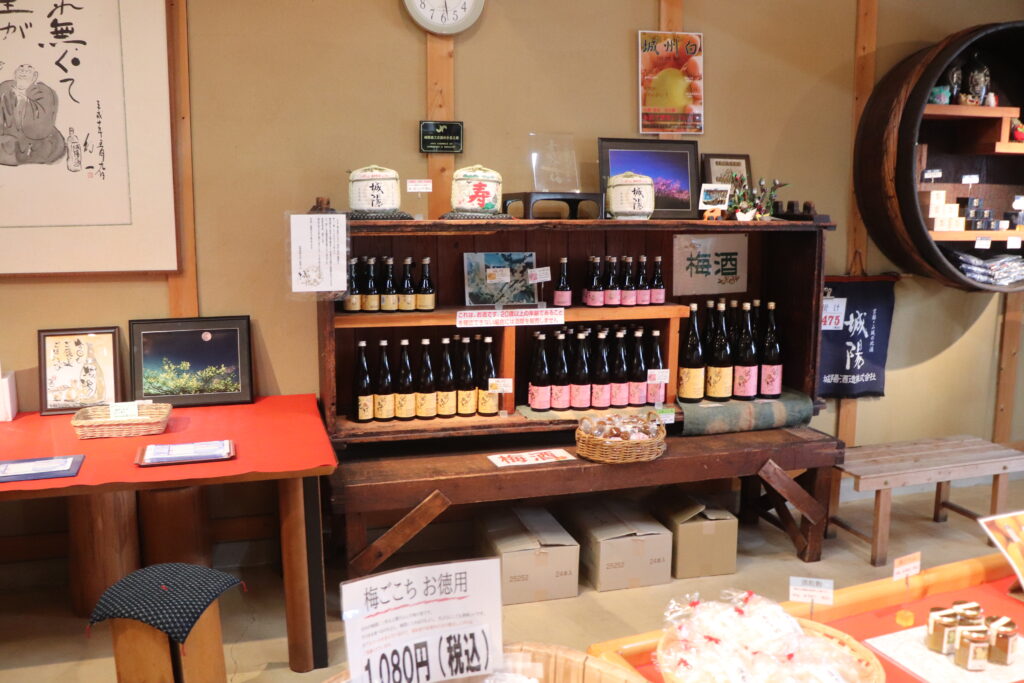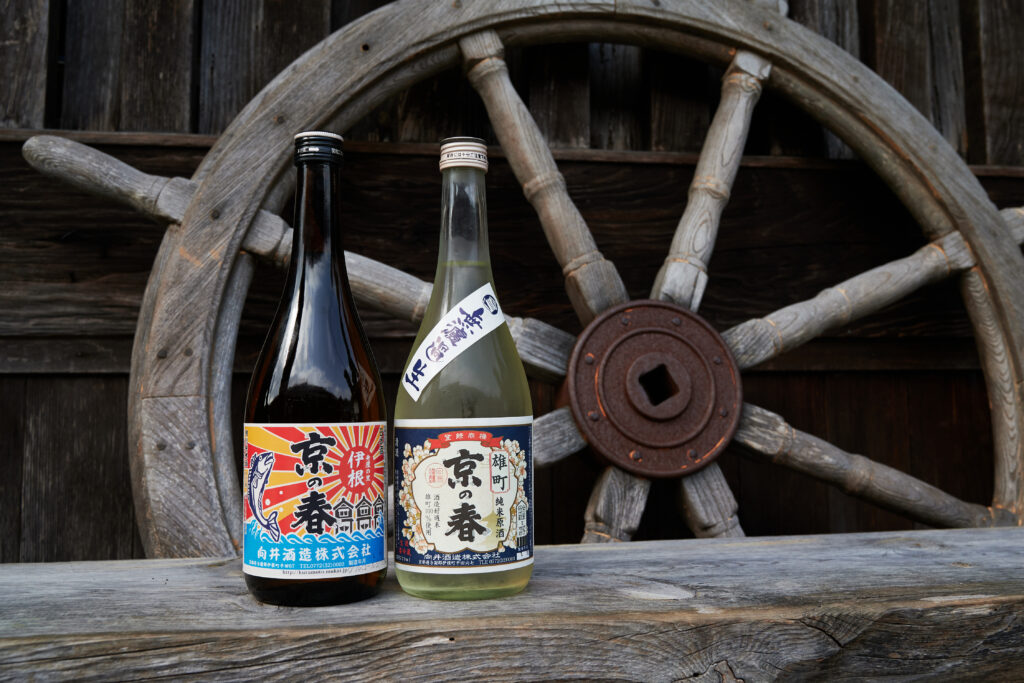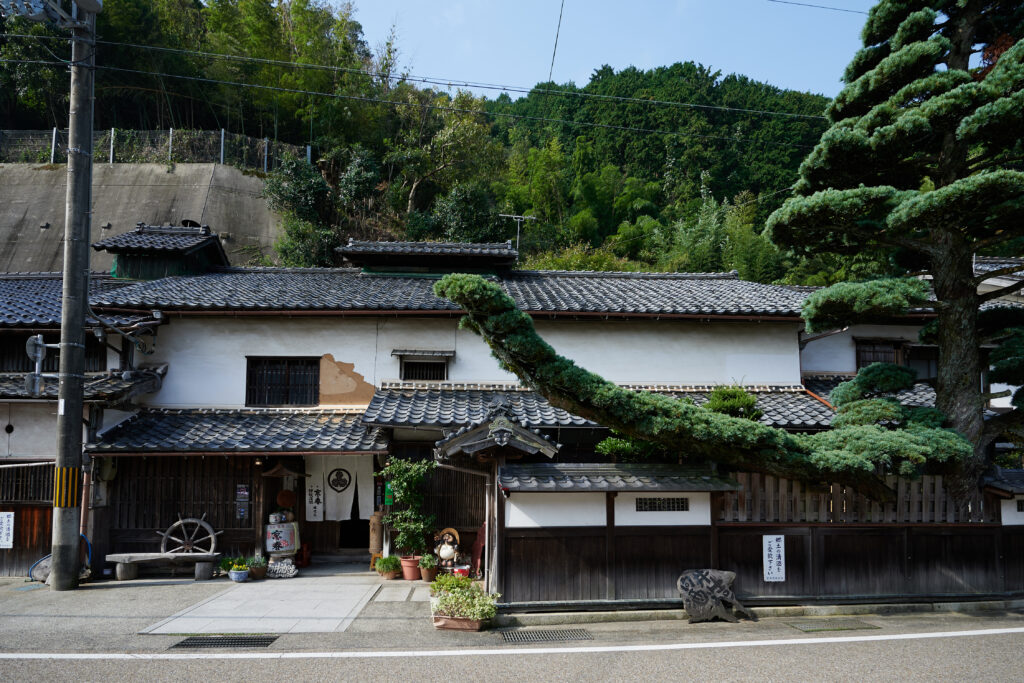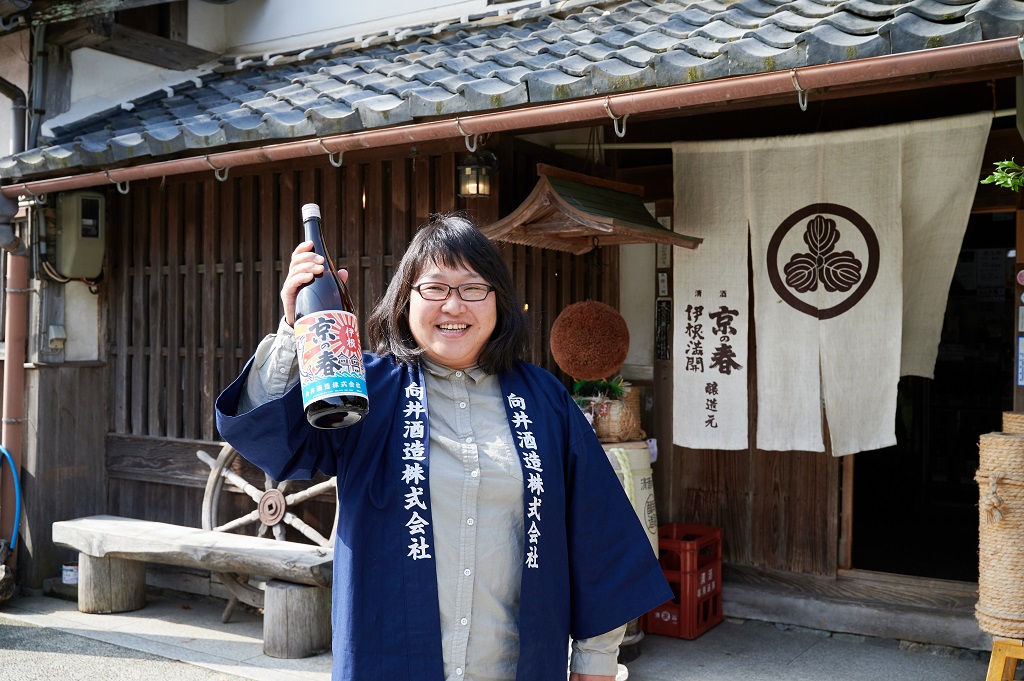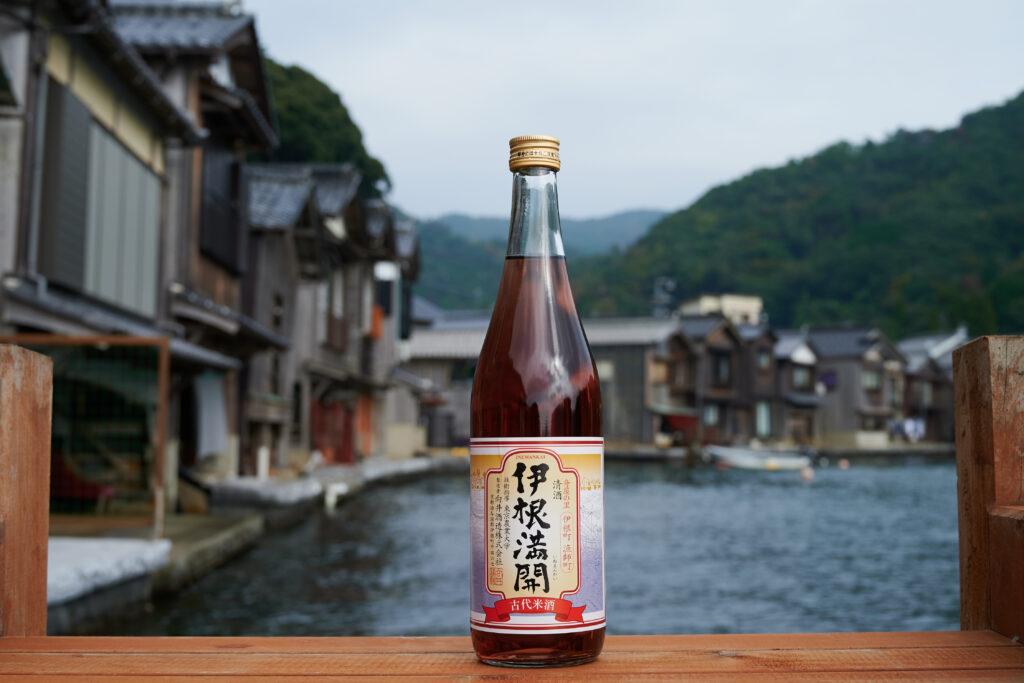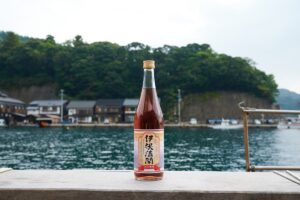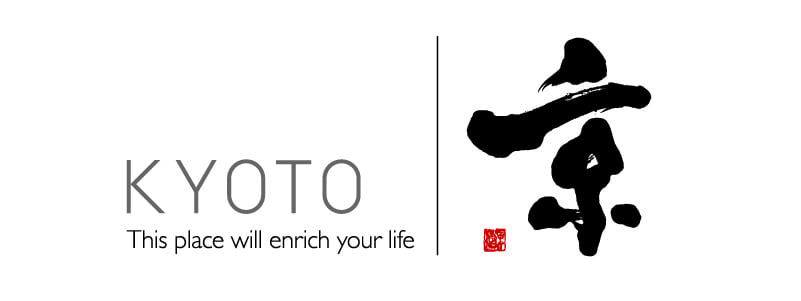The Oishi Sake Brewery Co., Ltd. has a history of more than 300 years originating back to the Genroku period (1688-1704), a historic time of growth and prosperity in business and culture across Japan. The master brewer here (called a toji in Japanese) is a master of the Tamba Guild, which is considered to be one of the Three Great Brewer’s Guilds of Japan. The origin of this guild of sake brewers is said to date back to 1775. These guilds help train and educate brewery workers with the goal of preserving traditions and making the best sake possible.
Eschewing trends toward modernization, Oishi Sake Brewery in Kameoka has been brewing handmade sake in much the same way for generations. You ought to come here in person where sake which are only available for sale at the brewery can be sampled. There is no charge for a visit to the tasting room, and a tour of the production area—a separate facility—can be made by appointment only. Try sticking to the tasting room for a short visit. It is a rare opportunity to sample a variety of sake very rarely found outside of Kyoto at no cost!
This writer heartily recommends sampling the Sake Den Oni Koroshi, which can be translated as “Demon Slayer”. There is a myth that a demon was slayed after first getting said demon drunk on strong sake. Thus, a category of sake was born.)
This is a dry, strong style of sake. Due to the higher ABV% (sake typically has 14-15%, this has 19%!) it can be served on the rocks or warmed.
Oishi Sake Brewery also offers unpasteurized sake made from new rice during the winter, a wonderful experience as sake is almost always pasteurized twice. But raw sake is a delicacy, and to get such a delicacy, it is best to get it from the brewery itself as even the best sake can spoil if they are not handled properly after they leave the brewery. You ought to store sake in a chilled, dark place as light can change the color, aroma, and flavor of sake; a condition known as light-strike.
When inspecting a sake label, you might find a measurement called nihonshudo or sake meter value. This is a unit of measurement designed to express the specific gravity of sake. A number with a minus integer (-) indicates a sweeter sake, a plus integer (+) indicates a drier sake. Sake Den Oni Koroshi, mentioned above, is a +7 on this scale and is considered a drier sake.
In 2014, Oishi Sake Brewery opened a second brewery location and shop in the picturesque town of Miyama, famous for its traditional thatched roof houses. Miyama’s chillier winters are also well suited to sake brewing, and make for some wonderful sightseeing as you stop by the brewery.
Name (EN) : Oishi Sake Brewery Co., Ltd.
Name (JA) : 大石酒造株式会社
Address : 13 Saekikaichimata, Hiedano-cho, Kameoka City, Kyoto Prefecture 621-0033
URL : http://www.okinazuru.co.jp/
TEL : 0771-22-0632
